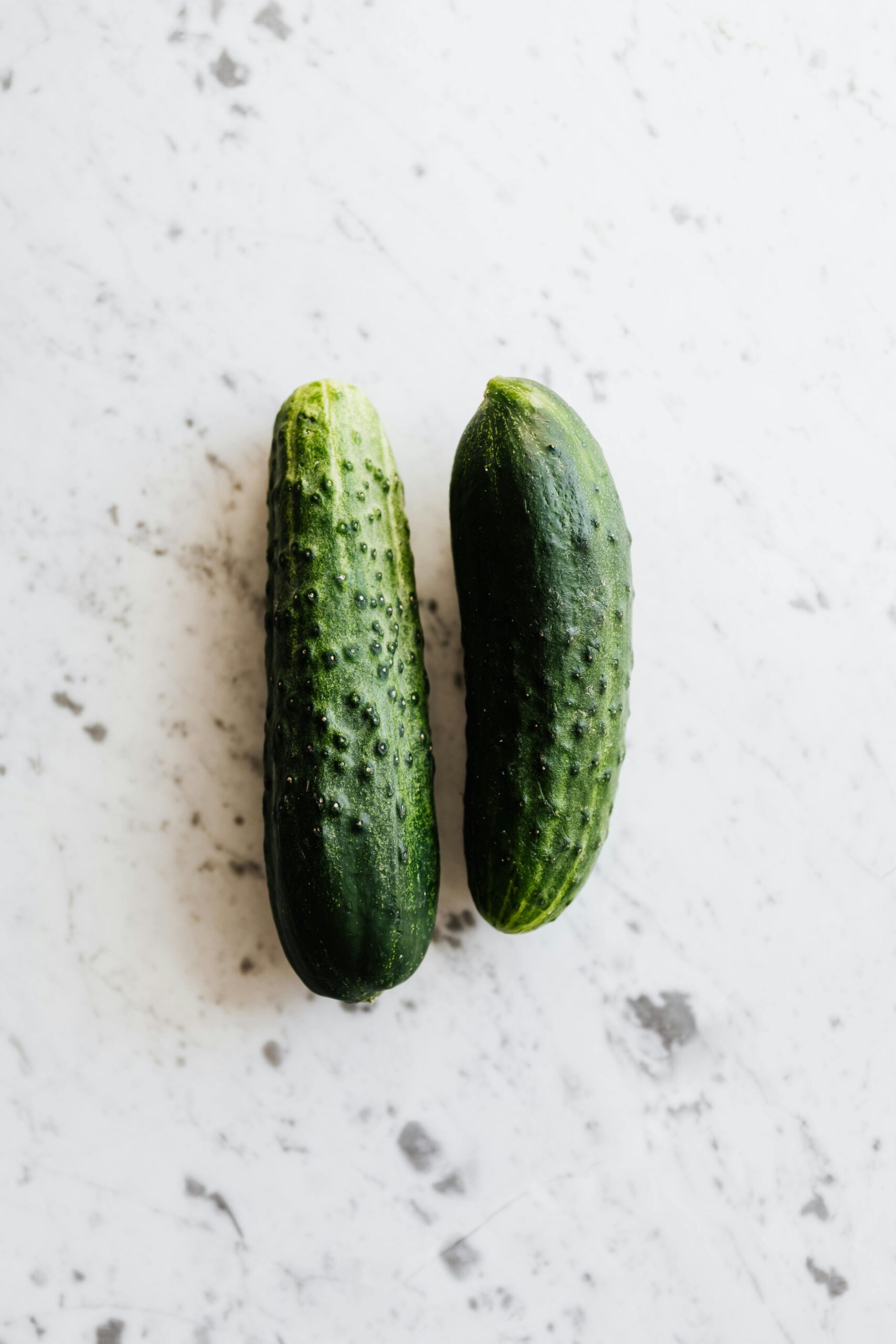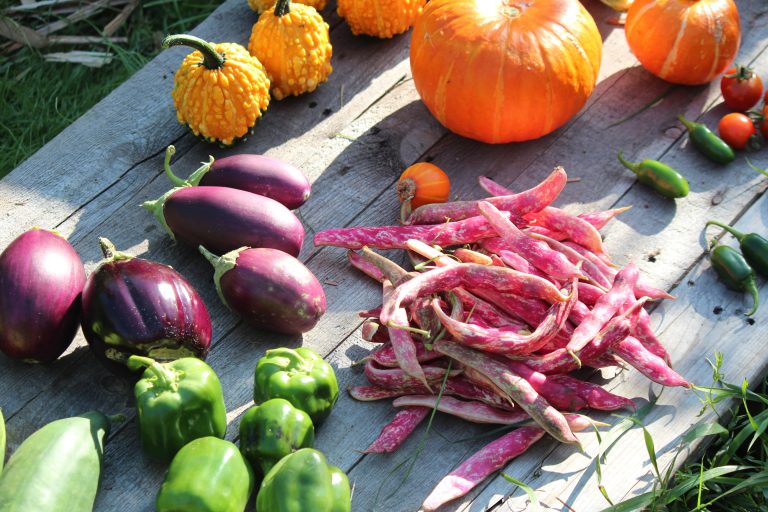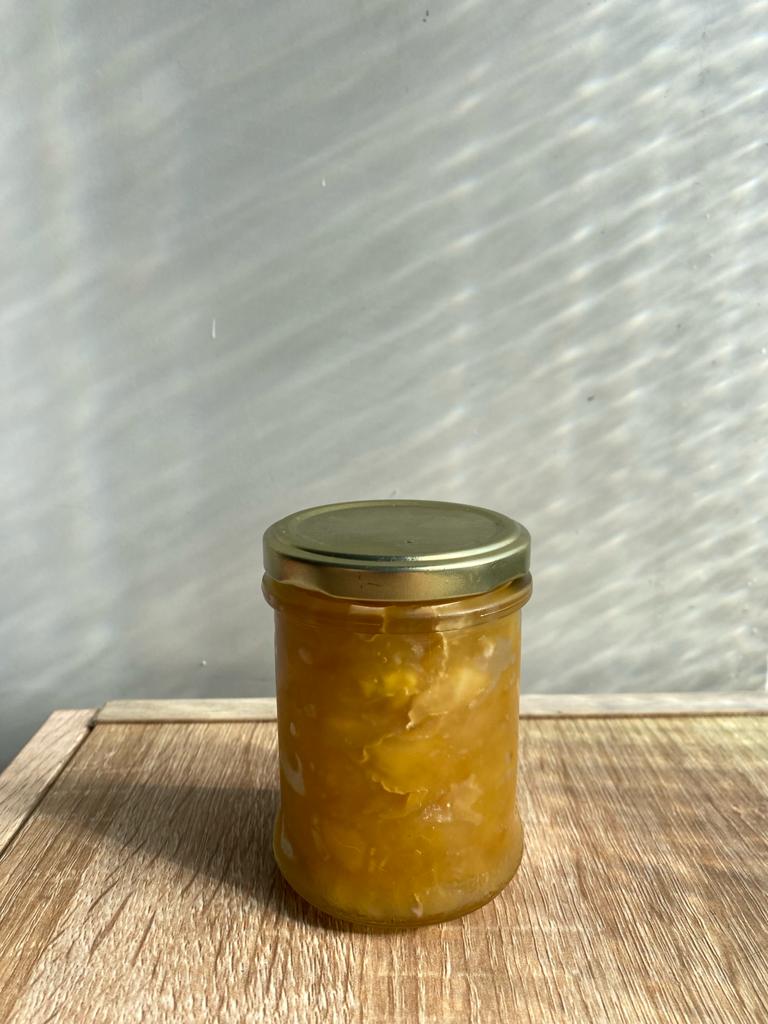Mastering Cucumber Growth: Essential Tips for a Thriving Vegetable Garden
Are you looking to add a touch of flavor and freshness to your vegetable garden? Look no further than the cucumber! Growing cucumber is easy, and can be done even in urban areas or small spaces. In this guide, we’ll explore how to grow cucumber in different climates and spaces. We’ll offer tips and tricks on the best varieties to choose, the ideal soil conditions, and how to make sure your cucumber plants are getting all the nutrients they need. With this complete guide, you’ll be able to have your own home-grown cucumbers in no time!
Why Cucumber is a Must-Have in Your Garden
Are you looking to add a touch of flavor and freshness to your vegetable garden? Look no further than the cucumber! Not only are cucumbers delicious and refreshing, but they are also incredibly versatile and easy to grow. Whether you are a seasoned gardener or just starting out, cucumbers are a must-have in your garden.
First and foremost, cucumbers are a staple in many popular dishes, making them a versatile and tasty addition to any kitchen. From salads and sandwiches to pickles and relishes, cucumbers add a crisp and refreshing flavor that can’t be beat. Plus, they are packed with vitamins and minerals, making them a healthy choice for you and your family.
But it’s not just about the taste and nutrition. Cucumbers also offer a number of practical benefits in the garden. For one, they are incredibly easy to grow. With the right care and attention, you can enjoy a bountiful harvest of cucumbers in just a few short months. And because they grow on vines, they are perfect for vertical gardening, making them a great choice for small spaces or urban gardens.
Cucumbers are also known for their ability to attract beneficial insects to your garden. Bees and other pollinators are drawn to their flowers, helping to increase the pollination of other plants in your garden. Additionally, cucumber plants create a natural ground cover, helping to suppress weeds and retain moisture in the soil.
In short, cucumbers are a must-have in your garden for their delicious taste, nutritional benefits, and practicality. Whether you’re an experienced gardener or just starting out, growing cucumbers is a rewarding and enjoyable experience. So, why not give it a try and see for yourself why cucumbers are a must-have in any garden?
Choosing the Right Type of Cucumber for Your Climate
When it comes to choosing the right type of cucumber for your climate, there are a few factors to consider. Cucumbers thrive in warm weather, so if you live in a region with hot summers, you’re in luck! You can grow almost any type of cucumber, from slicing cucumbers to pickling varieties. Some popular options for warm climates include the Straight Eight, Marketmore, and Armenian cucumbers.
However, if you live in a cooler climate or have shorter growing seasons, you’ll need to select cucumber varieties that are more cold-tolerant. Look for cucumber varieties that have a shorter maturity period, as they will be able to ripen before the cooler weather sets in. Some great choices for cooler climates include the Diva, Spacemaster, and Early Fortune varieties.
If you live in a region with a Mediterranean or subtropical climate, you can consider growing burpless or English cucumbers. These varieties have a thinner skin and are less prone to bitterness, making them perfect for slicing and adding to salads.
No matter your climate, it’s also important to consider the available space in your garden. If you have limited space, you might want to consider growing bush cucumbers or compact varieties that can be trellised. These cucumbers take up less space and are ideal for small gardens or container gardening.
In summary, when choosing the right type of cucumber for your climate, consider the temperature range, the length of your growing season, and the available space in your garden. By selecting the right cucumber variety, you’ll increase your chances of a successful and bountiful harvest. So go ahead and get planting, and enjoy the delicious taste of homegrown cucumbers!
Preparing Your Soil and Seedlings
Now that you’ve chosen the perfect cucumber variety for your climate and space, it’s time to prepare your soil and seedlings. This step is crucial for ensuring that your cucumbers grow healthy and strong, and produce a bountiful harvest.
Start by selecting a sunny location for your cucumber plants. Cucumbers thrive in full sunlight, so choose a spot in your garden that receives at least 6 to 8 hours of direct sunlight each day. Next, prepare the soil by removing any weeds or debris. Cucumbers prefer well-draining soil, so make sure the soil is loose and crumbly.
Before planting your cucumber seeds or seedlings, it’s important to amend the soil with organic matter. Add compost or well-rotted manure to improve the soil’s fertility and drainage. You can also incorporate a balanced fertilizer to provide additional nutrients for your cucumber plants.
Once the soil is prepared, you can either plant cucumber seeds directly in the ground or start with seedlings. If you’re starting from seeds, sow them about 1 inch deep and 2 to 3 feet apart. If using seedlings, dig a hole large enough to accommodate the root ball and gently place the seedling in the hole.
Water your cucumber plants thoroughly after planting to help settle the soil and provide moisture for the roots. Keep the soil consistently moist, but be careful not to overwater as this can lead to root rot.
To protect your cucumber plants from pests and diseases, consider using organic methods such as companion planting (Full guide coming soon) or applying organic insecticides or fungicides. Regularly inspect your plants for any signs of pests or diseases, and take appropriate action if necessary.
By following these steps to prepare your soil and seedlings, you’ll be well on your way to growing healthy and thriving cucumber plants. With a little care and attention, you’ll soon be enjoying the delicious taste of homegrown cucumbers in your salads, sandwiches, and more!
Tips for Growing Cucumbers in Small Spaces
If you have limited space in your garden or live in an urban area, don’t worry – you can still enjoy the joys of growing your own cucumbers! Here are some tips and tricks for growing cucumbers in small spaces:
- Choose compact cucumber varieties: Look for bush or compact cucumber varieties that are specifically bred for small spaces or container gardening. These varieties tend to have shorter vines and can be easily trellised or grown in hanging baskets.
- Utilize vertical gardening techniques: Cucumbers love to climb, so take advantage of vertical space by using trellises, stakes, or even a simple fence. This not only saves space but also improves air circulation, reduces disease risk, and makes harvesting easier.
- Use containers: If you have limited ground space, consider growing cucumbers in containers. Choose large containers with good drainage and fill them with nutrient-rich potting soil. Just make sure the containers are at least 12 inches deep to accommodate the cucumber roots.
- Provide adequate support: Whether you’re growing cucumbers in containers or small garden spaces, it’s essential to provide them with proper support. Use stakes, cages, or trellises to prevent the vines from sprawling on the ground and to promote healthy growth.
- Practice regular pruning: To maximize space and encourage healthy growth, regularly prune your cucumber plants. Remove any side shoots or suckers that emerge from the main stem and pinch off excess foliage. This helps direct the plant’s energy into producing more cucumbers rather than wasting it on excessive foliage.
- Provide consistent moisture and nutrition: Cucumbers are thirsty plants, so make sure to water them regularly, especially during hot and dry periods. Also, fertilize them every few weeks with a balanced fertilizer to ensure they have the nutrients they need for healthy growth and abundant harvests.
By following these tips, you can grow cucumbers even in the smallest of spaces and enjoy the satisfaction of homegrown produce. So, don’t let limited space hold you back – get creative and start growing cucumbers today!
How to Maximize Yield in Large Gardens
If you have the luxury of a large garden, you have the perfect opportunity to maximize your cucumber yield and enjoy an abundant harvest. Here are some tips and tricks to help you make the most of your space and increase your cucumber production.
First, make sure you have a proper plan for your cucumber plants. Determine the layout of your garden and allocate a specific area for your cucumbers. It’s important to provide them with plenty of space to grow and spread their vines. You can create rows or designated areas where each plant can thrive without crowding its neighbors.
Next, consider using trellises or stakes to support your cucumber plants. This will not only prevent them from sprawling on the ground but also promote healthy growth and improved air circulation. Trellising can be especially beneficial in large gardens, as it helps to save space and makes harvesting much easier.
To further maximize yield, ensure your cucumber plants receive consistent and adequate water. Cucumbers are thirsty plants, and watering them regularly, especially during hot and dry periods, is crucial for their growth and fruit production. Consider using a drip irrigation system or soaker hoses to provide deep watering and minimize water waste.
Fertilizing your cucumber plants is also important for maximum yield. Use a balanced fertilizer and apply it according to the instructions on the package. Be sure to feed your plants regularly throughout the growing season to provide them with the necessary nutrients for healthy development and fruit production.
Finally, don’t forget to regularly monitor your cucumber plants for pests and diseases. Large gardens can attract a variety of unwanted visitors, such as aphids or cucumber beetles. Inspect your plants regularly and take immediate action if you notice any signs of damage or infestation. Consider using organic pest control methods to protect your plants and minimize the use of harsh chemicals.
By following these tips, you can maximize the yield of your cucumber plants and enjoy a bountiful harvest. Remember to provide ample space, support the plants with trellises, ensure consistent watering, fertilize regularly, and monitor for pests and diseases. With a little care and attention, your large garden can become a cucumber paradise!
Troubleshooting Common Problems
While growing cucumbers can be a rewarding experience, it’s not always smooth sailing. Just like any other plant, cucumbers can face a variety of problems. But fear not! We’re here to help you troubleshoot some of the most common issues that can arise when growing cucumbers.
One of the most common problems that cucumber plants face is powdery mildew. This fungal disease appears as a powdery white coating on the leaves, and if left untreated, it can cause the leaves to yellow and wither. To prevent powdery mildew, make sure your cucumber plants have good air circulation and avoid overhead watering. If you notice any signs of powdery mildew, treat the plants with a fungicide specifically designed to combat this disease.
Another issue that cucumbers can encounter is blossom end rot. This condition is characterized by dark, sunken areas on the bottom of the fruit. Blossom end rot is caused by a calcium deficiency in the plant, often due to inconsistent watering or fluctuations in soil moisture. To prevent blossom end rot, make sure to water your cucumber plants regularly and consistently. Mulching can also help to maintain even soil moisture levels.
Cucumber beetles are yet another problem that can plague your cucumber plants. These small, yellow or black beetles feed on the leaves and stems of the plant, causing wilting and stunted growth. To combat cucumber beetles, consider using row covers to protect your plants or applying organic insecticides. Additionally, removing any nearby sources of food, such as weeds or old plant debris, can help to deter these pests.
Other issues that cucumber plants may face include aphids, which can be controlled by spraying the plants with a strong jet of water or using insecticidal soap, and cucumber mosaic virus, which unfortunately has no cure and may require removing and destroying infected plants to prevent the spread.
By keeping an eye out for these common problems and taking preventative measures, you can help ensure the health and productivity of your cucumber plants. Remember, a little vigilance and care can go a long way in maintaining a thriving cucumber garden. Happy growing!
Harvesting and Enjoying Your Cucumbers
Now that your cucumber plants have flourished and produced a bountiful harvest, it’s time to reap the rewards of your hard work and enjoy the fruits (or should we say vegetables) of your labor! Harvesting and enjoying your cucumbers is a satisfying and delicious experience. Here are some tips to help you make the most of your cucumber harvest.
First, it’s important to know when your cucumbers are ready to be harvested. Most cucumbers are ready for picking when they reach a length of 6 to 8 inches, depending on the variety. Pickling cucumbers are typically harvested when they are 2 to 4 inches long. Look for firm cucumbers with a vibrant green color and a glossy skin. Avoid harvesting overripe cucumbers as they may be bitter or have a mushy texture.
When it’s time to harvest, use a sharp knife or shears to cut the cucumber from the vine, leaving a short stem attached. Be gentle when harvesting to avoid damaging the plant. It’s best to harvest cucumbers in the morning when they are crisp and cool from the night air.
Once you’ve harvested your cucumbers, it’s time to enjoy them in a variety of delicious ways. Slice them up for refreshing salads, add them to sandwiches or wraps for an extra crunch, or enjoy them on their own as a healthy snack. Cucumbers can also be pickled to preserve their freshness and tangy flavor. Simply slice them, pack them in jars with a vinegar-based brine, and let them sit for a few days to develop their pickled flavor.
If you have an abundance of cucumbers, consider sharing them with friends, family, or neighbors. Cucumbers make great gifts, and spreading the joy of homegrown produce is always a wonderful gesture.
Fun Recipes to Try with Your Cucumber Harvest
Now that you have a bountiful cucumber harvest, it’s time to get creative in the kitchen and try out some fun and delicious recipes with your homegrown cucumbers. Here are a few recipes to inspire you and make the most of your cucumber harvest:
- Cucumber and Tomato Salad: This refreshing and simple salad is perfect for summer. Just slice up your cucumbers and tomatoes, toss them with some olive oil, vinegar, salt, and pepper, and you have a light and flavorful salad that pairs well with any main dish.
- Cucumber Mint Lemonade: Beat the summer heat with this cool and refreshing drink. Blend cucumber slices, fresh mint leaves, lemon juice, honey, and water together until smooth. Serve over ice for a thirst-quenching beverage that will become a family favorite.
- Tzatziki Sauce: This creamy and tangy Greek sauce is perfect for dipping vegetables or spreading on sandwiches. Grate your cucumbers and squeeze out any excess liquid. Mix the grated cucumber with Greek yogurt, minced garlic, lemon juice, dill, and salt. Chill in the refrigerator for a few hours before serving.
- Cucumber Sushi Rolls: Skip the traditional rice and try using cucumber slices as a replacement for sushi rolls. Fill the cucumber slices with your favorite ingredients like avocado, crab, and carrots. Roll them up and secure with toothpicks for a refreshing and low-carb sushi alternative.
- Cucumber and Watermelon Salad: Combine the refreshing flavors of cucumber and watermelon in a simple and delicious salad. Just chop up your cucumber and watermelon into bite-sized pieces, and toss them together with some feta cheese, mint leaves, and a drizzle of balsamic glaze for a sweet and savory summer salad.
These are just a few ideas to get you started, but the possibilities are endless when it comes to cooking with cucumbers. Experiment with different flavors and cuisines to create your own unique cucumber recipes. Enjoy the fruits of your labor and savor the fresh and crisp taste of your homegrown cucumbers!






